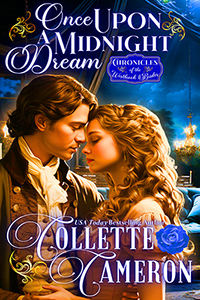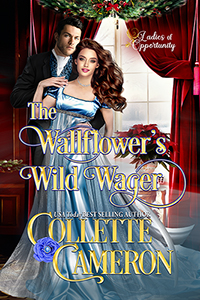I admit I’m a frou frou person. I like lace, and jewelry, and just about anything girly. I’ve had to research lace several times for my Castle Brides Series, so I thought I’d share some of the tidbits I’ve found.
| Crocheted doily. My mother makes these. |
1. Lace was one of the most smuggled items during the Regency Era.
2. The word lace is derived from Old French, laz.
| Bobbin Lace |
3. There are many different types of lace including crocheted, bobbin, cut, and needlework.
| Tatting |
4. Tatting is a type of lace-making that dates to the early 19th century, though needle tatting is known to have occurred as early as the 12th century.
5. Handmade lace netting was extremely expensive, something around £70 per pound in the early 1800s. I did a quick conversion on the Internet, and the cost today would be around . . . brace yourself, $8,595.02 per pound!!
| Woman making lace |
6. Machine-made lace first appeared around 1760.
7. Except for mourning lace which was black, lace was almost always white or off-white.
Lace was reused on several dresses due to the expense.
I have several tatted and crocheted lace pieces around my house, including a lovely lace choker crocheted by my great-grandmother. Still, as intricate as it is, I can’t help but marvel at the Regency gowns with netted lace over skirts and intricate lace-edged collars and sleeves. Imagine the time it took to make that lace!
References
http://reginajeffers.wordpress.com/2013/07/26/history-of-lacemaking-before-the-regency-period/
http://janeaustensworld.wordpress.com/2012/03/15/regency-fashion-the-muslin-and-net-period/
http://www.janeausten.co.uk/colours-of-the-regency/












